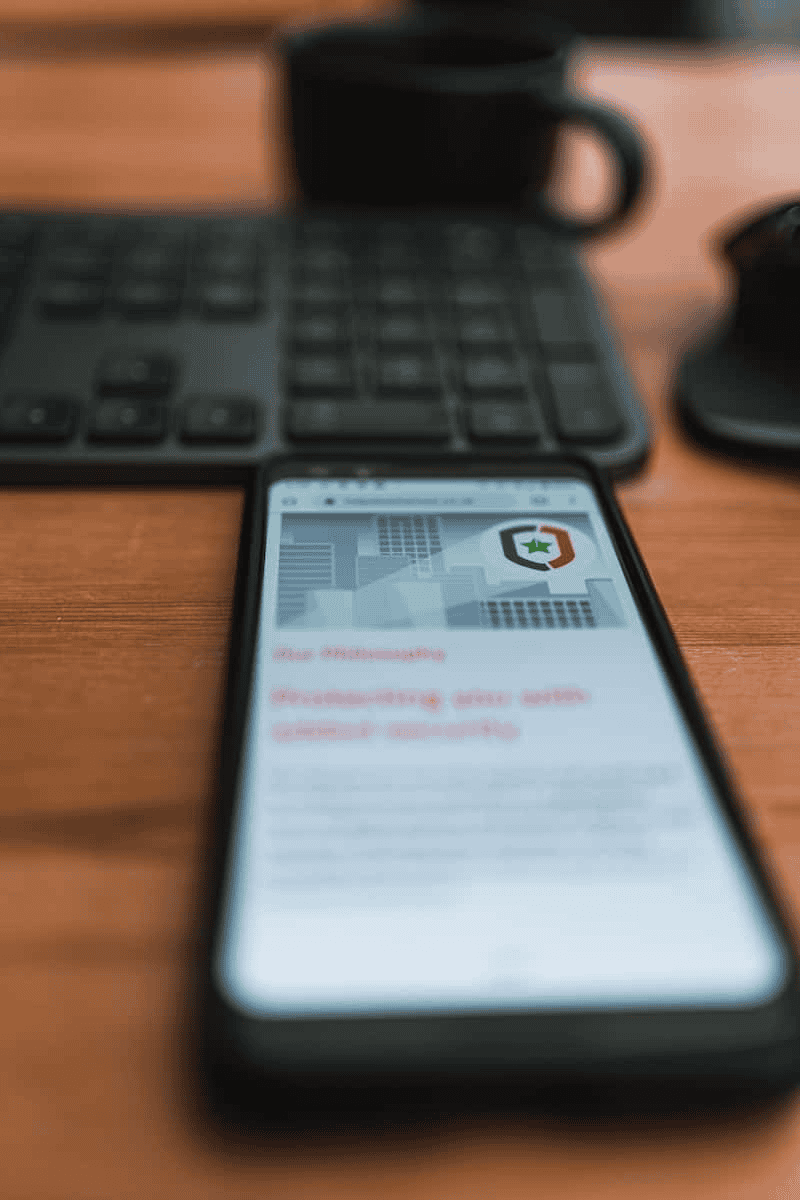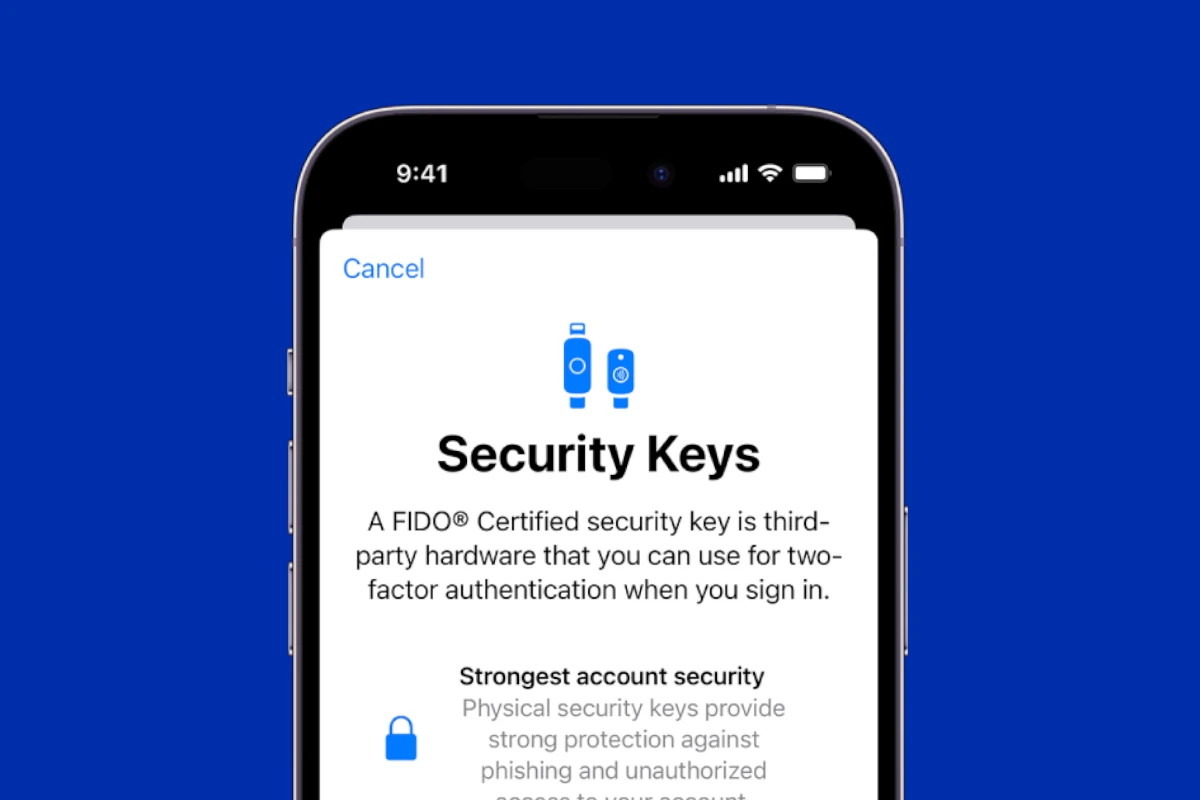Smartphones contain valuable personal data. Protecting this information is crucial. Implementing basic security measures can significantly reduce the risk of unauthorized access to your device and data.
Newer smartphones offer enhanced security features. These include biometric authentication and regular security updates. Upgrading to a recent model can improve your overall phone security.
Simple steps can boost your smartphone’s defenses. These include using strong passwords, enabling two-factor authentication, and being cautious when connecting to public Wi-Fi networks. Regular software updates also patch vulnerabilities and strengthen your device’s protection.

Safeguarding Your Digital Life: Essential Smartphone Security Tips
Smartphones have become indispensable tools, holding a wealth of personal and sensitive information. Protecting your device from security threats is crucial. Here are some essential tips to keep your smartphone safe.
Strong Passwords: The First Line of Defense
A strong, unique password is your first line of defense against unauthorized access. Use a combination of letters, numbers, and symbols. Avoid easily guessable passwords like “123456” or your birthdate.
Biometric Authentication: Adding an Extra Layer
Enable biometric authentication features like fingerprint scanning or facial recognition for an added layer of security. This makes it harder for others to access your phone even if they know your password.
Software Updates: Stay Current
Keep your phone’s operating system and apps updated. Updates often include security patches that address vulnerabilities and protect against malware.
Beware of Public Wi-Fi
Public Wi-Fi networks can be risky. Avoid accessing sensitive information like bank accounts or personal emails while connected to public Wi-Fi. Consider using a VPN for a secure connection.
App Permissions: Control What Apps Can Access
Be mindful of the permissions you grant to apps. Only allow access to essential features like camera or location when necessary. Review and revoke permissions for apps you no longer use.
Download Apps from Trusted Sources
Stick to official app stores like Google Play Store or Apple’s App Store. These stores have security measures in place to screen apps for malware. Avoid downloading apps from unknown sources.
Enable Find My Device
Activate the “Find My Device” feature on your phone. This allows you to track your phone’s location if it’s lost or stolen. You can also remotely lock or erase your device to protect your data.
Beware of Phishing
Be cautious of suspicious emails, text messages, or calls that ask for personal information. Don’t click on links or attachments from unknown senders. Remember, legitimate organizations will never ask for sensitive information via these channels.
Security Apps: Extra Protection
Consider installing security apps like antivirus or anti-malware. These apps can help detect and remove threats, as well as provide additional security features like web filtering and app locking.
Regular Backups: Protect Your Data
Regularly back up your phone’s data to a computer or cloud service. This ensures you don’t lose important information if your phone is lost, stolen, or damaged.
Smartphone Security Checklist
| Security Measure | Status |
|---|---|
| Strong password | |
| Biometric authentication | |
| Software updates | |
| Public Wi-Fi caution | |
| App permissions review | |
| Trusted app sources | |
| Find My Device enabled | |
| Phishing awareness | |
| Security apps installed | |
| Regular backups |
Beyond the Device: Protecting Your Digital Identity
While securing your smartphone is essential, it’s only one part of protecting your digital life. Use strong, unique passwords for all your online accounts. Enable two-factor authentication whenever possible. Be mindful of the information you share online and monitor your accounts for suspicious activity.
Key Takeaways
- Basic security measures protect personal data on smartphones
- Newer devices offer improved security features and regular updates
- Strong passwords and cautious Wi-Fi use enhance mobile security
Securing Your Smartphone: Essential Practices
Protecting your smartphone requires a multi-faceted approach. Key strategies include strong access controls, regular updates, secure network practices, and careful app management.
Setting Strong Access Controls
Screen locks are the first line of defense for smartphone security. Choose a strong passcode with at least 6 digits or use biometric options like fingerprint or face recognition. Avoid simple patterns or easily guessable codes.
Enable two-factor authentication (2FA) for important accounts. This adds an extra layer of security by requiring a second form of verification, such as a text message code or authenticator app.
Set up auto-lock to secure your device when not in use. A short timeout of 30 seconds to 1 minute is recommended. Use privacy screens to prevent visual hacking in public spaces.
Updating the Operating System and Apps
Regular updates are crucial for smartphone security. They patch vulnerabilities and add new security features. Enable automatic updates for your operating system and apps.
Check for updates manually if auto-updates are off. Install them promptly, especially security patches. Outdated software is a major security risk.
Be cautious with older devices that no longer receive updates. Consider upgrading if your phone is no longer supported by the manufacturer.
Avoiding Unsecure Networks and Connections
Public Wi-Fi networks pose significant security risks. Avoid using them for sensitive tasks like online banking or shopping. If necessary, use a VPN to encrypt your connection.
Turn off Wi-Fi and Bluetooth when not in use. This prevents automatic connections to unknown networks and devices. Be wary of free Wi-Fi hotspots, as they may be set up by attackers.
Use cellular data for sensitive tasks when possible. It’s generally more secure than public Wi-Fi. Consider using a mobile hotspot from your phone instead of public networks.
Understanding App Permissions and Sources
Only download apps from official stores like Google Play or the App Store. These platforms have security measures to screen for malicious apps. Avoid third-party app stores and sideloading.
Review app permissions carefully. Only grant access to features an app truly needs. Be skeptical of apps requesting excessive permissions.
Regularly audit your installed apps. Remove those you no longer use or trust. Check permission settings periodically, as they can change with updates.
Use app-specific privacy settings when available. Many apps offer granular controls for data sharing and access. Take time to configure these settings for optimal privacy.
Frequently Asked Questions
Smartphone security involves multiple layers of protection against various threats. Users can take several steps to safeguard their devices and personal information.
How do I secure my phone from hackers?
Enable two-factor authentication for all accounts. Install reputable antivirus software. Keep the operating system and apps updated. Avoid using public Wi-Fi networks without a VPN. Be cautious when downloading apps and only use official app stores.
What are the best practices for mobile phone security?
Use strong, unique passwords for each account. Encrypt the device’s storage. Disable Bluetooth and Wi-Fi when not in use. Regularly back up data to a secure location. Avoid clicking on suspicious links or downloading attachments from unknown sources.
What steps can I take to protect my phone from theft?
Enable remote tracking and wiping features. Use a strong lock screen password or biometric authentication. Avoid leaving the phone unattended in public places. Install anti-theft apps that can track and lock the device remotely.
How can I enhance my smartphone’s security against cyber threats?
Use a secure browser with built-in protection. Implement a mobile security solution with real-time threat detection. Be cautious of phishing attempts via email, text, or social media. Regularly review app permissions and revoke unnecessary access.
What methods are available to check the security status of my phone?
Run regular security scans using built-in tools or third-party apps. Check for available security updates in the device settings. Review the list of installed apps for any suspicious entries. Use security assessment tools provided by reputable cybersecurity companies.
How can I safeguard my phone against physical damage and pickpockets?
Use a high-quality protective case and screen protector. Keep the phone in a secure, zipped pocket or bag when in crowded areas. Consider using a phone grip or lanyard for added security. Avoid placing the phone in back pockets or easily accessible areas.







